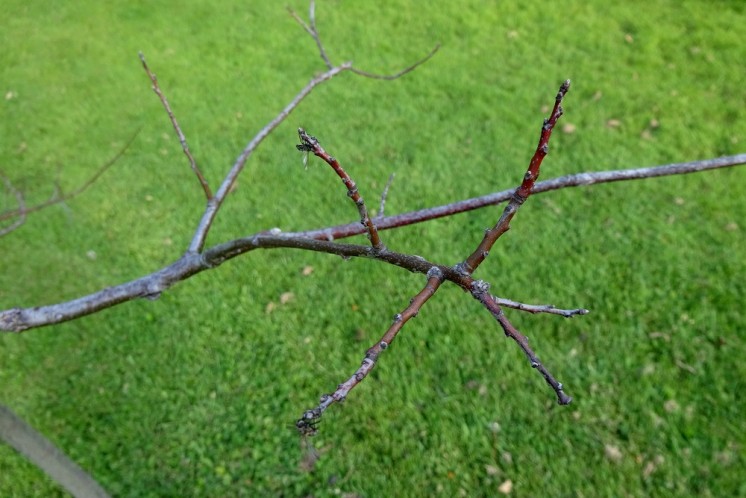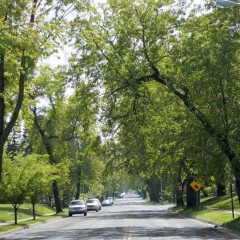America’s Forests in Minnesota / Chuck Leavell in Duluth
Famed musician Chuck Leavell visited Duluth on March 29 to record a performance of the Bob Dylan song “Like a Rolling Stone” with the Duluth band Big Wave Dave and the Ripples at Sacred Heart Music Center. The collaboration was for the closing segment of the 10th episode of the television series America’s Forests with Chuck Leavell. Embedded above is the full episode, which recently aired on select PBS stations, but not in Duluth. Another video, isolating just the music performance, is embedded below.












